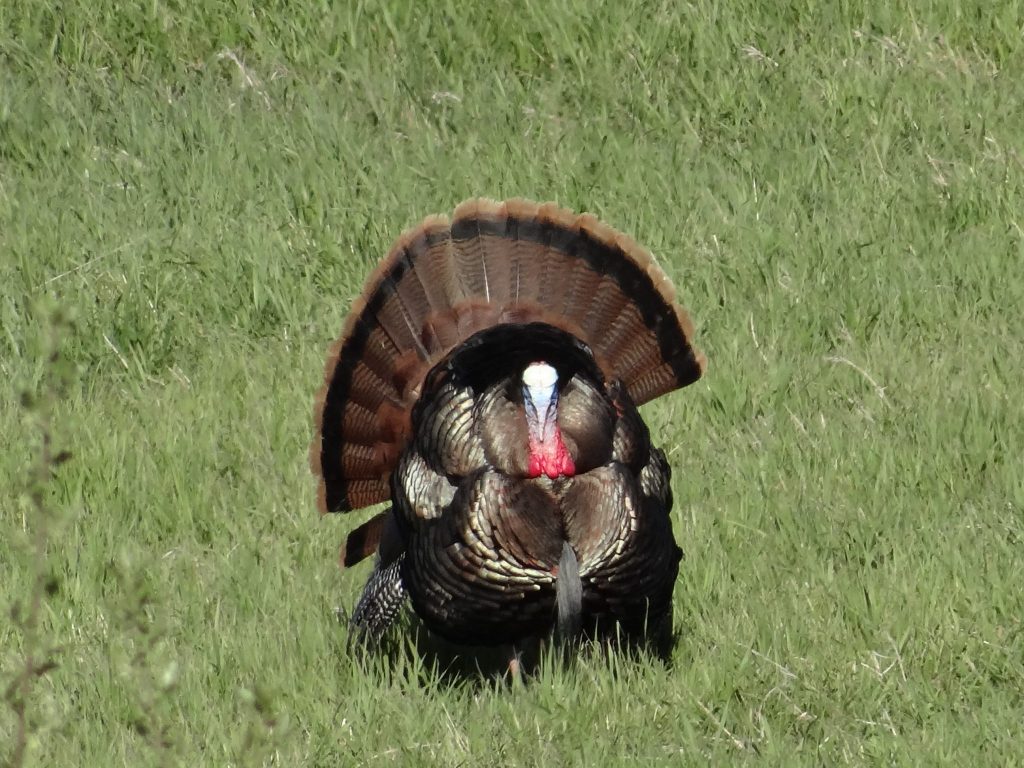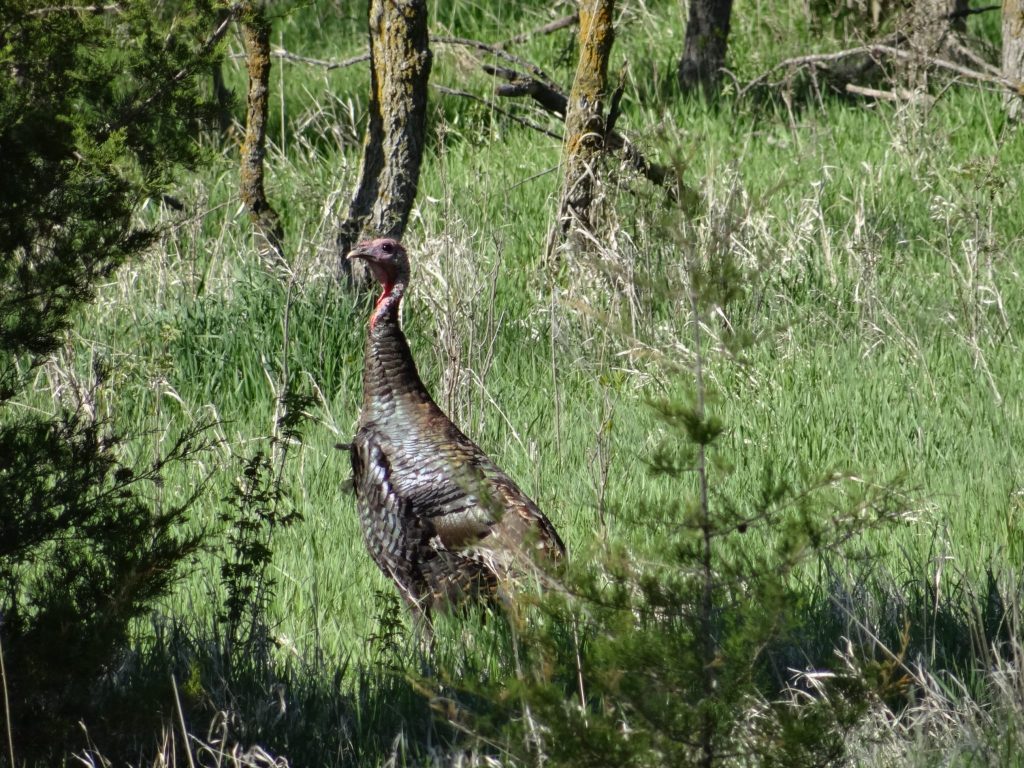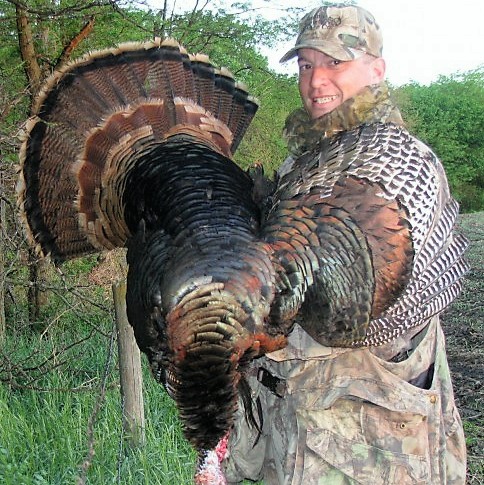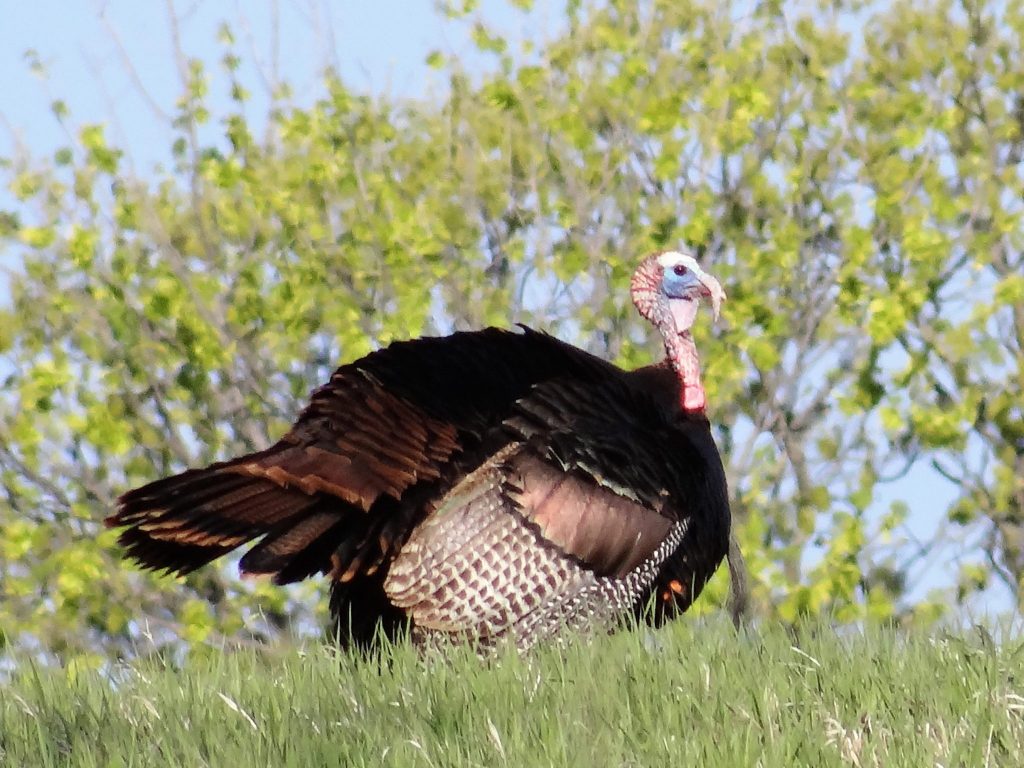We are in the late season for spring wild turkey hunting in Nebraska. Using a baseball analogy, it is the bottom of the 9th inning, your team is behind, the bases are loaded, there two outs and you are up to bat!
I don’t think there is any doubt about it, spring turkey hunting late in the season is challenging. However, there are still plenty of gobbles to be heard and birds to be worked plus amazing experiences to be had and indelible memories to be made in the Nebraska countryside.

Look, I’ve been hunting these male wild turkeys in the latter part of the season for more than 3 ½ decades and some of my best hunts have occurred then. But be mindful that the last few weeks of the season mean different thinking, strategies, tactics and adaptability.
Yeah, I fully realize that there’s ticks, mosquitoes, stinging nettles and poison ivy that make May turkey hunting a bit more difficult, but we can take preventative measures for those. Nevertheless, there are some key things to understand when it comes to pursuing wary gobblers and apprehensive jakes later in the season.

So, I reached out to one of the best turkey hunters I know for tips and tricks to bag bearded birds with just weeks left in the season. That person is Mr. Aaron Hershberger, Outdoor Education Specialist with the Nebraska Game and Parks Commission based in Lincoln, NE. Aaron, or “Hershy” as he is called, has been hunting turkeys for a long time, some 30 springs. He conducts our Game and Parks turkey hunting workshops along with notable turkey hunting veteran, Jeff Rawlinson of Game and Parks, and is by far one of the most successful May turkey hunters there is.

Following are Aaron’s thoughts/notes to help you improve the odds for cancelling your turkey tag in the final month of Nebraska’s spring wild turkey hunting season. Here is what he had to say:
I believe that May can be great for some of the most exciting hunts of the entire season. Many hens are starting to nest full time now. Amorous gobblers are trolling for any and all remaining hens still interested in breeding. And all the extra greenery can help you disappear from the turkey’s keen eyesight. But you must be adaptable. Gobblers are running into more hens that ignore them – those already nesting and some that won’t be nesting this year. Gobblers don’t have time to waste on uninterested hens. And the same growth that hides you can muffle turkey sounds and make it more challenging to zero in on them.
Decoys
Now I prefer a single decoy – if any. And I think realism realty helps now. Gobblers have little patience for hens they can see but ignore their strutting and gobbling – especially those that are statue-still. I’ve had luck with a lone jake decoy in half strut late in the season, and possibly a feeding hen. Jealousy can be effective in luring in a gobbler willing to fight for one more hen. However, if you’ve located gobblers using areas where the cover makes seeing your decoy difficult, it’s probably best to just leave it at home.

Calling
Gobblers seem to become picky with the hen music they respond to as the season winds down. Don’t stick with a call they are ignoring. If you hear a gobbler consistently answering a real hen – try to match her cadence and sound. If he is continually answering your calls, but just not closing the distance – keep at it. Patience often tags birds like this as walk to your setup once their current engagement is over.
Get Close
Use the thicker greenery to your advantage. Close the distance on gobbling birds before setting up. This is especially important early in the morning. The new green-growth blocks their view as much as it does yours. But it also muffles gobbles. That tom is closer than you think. If you can hear him – he can most definitely hear your calls. And he’s listening …
Odd Spot Gobblers
Keep an eye out for gobblers just about anywhere now. A hen may pull a gobbler some distance before she slips away to her nest. That old boy will find himself all alone and often looking to head back from where he came from. Get setup on the most likely way back and he may just beeline to your setup.
Don’t Do the Dew
Dew on grass and plants is common now just about every calm morning. Turkeys don’t mind wet feet but do their best to keep their feathers dry. When hunting early mornings look for spots like crop field edges and short-grass pastures where the birds can avoid brushing up against the wet cover as they move around. Wet edges and fields can funnel birds right to you. Once the dew is gone turkeys will roam anywhere!
Make it an enjoyable, safe hunt! “Hershy”

The post Late Season Turkey Tips: Gettin’ That Gobbler appeared first on Nebraskaland Magazine.















